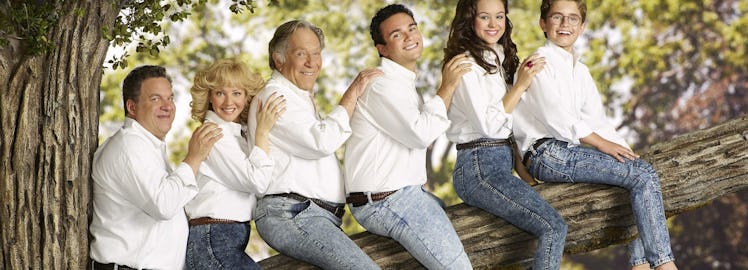How Families Have Changed — And How They Haven’t — Since The 1970s
Far out, man.

If you’re not familiar with Nathan Yau, aka the father of Flowing Data, he’s the favorite data scientist you never knew you had. He churns out infographics like this gem that shows exactly how many people are younger than you, and the recent visualization of the 50 most common types of families in the U.S. Now your boy is back to show you how much those families have changed since 1970. The result is the following interactive graph that functions as somewhat of a data time machine. (It’s like a hot tub time machine, but much nerdier.)
Flowing Data / Nathan Yau
Beyond all the shag carpeting, the biggest changes since the 70s has been the increase in one-person households, and decreases in children. While plenty of married people still have kids, they’re not trying to start full-on family bands anymore. Married couples with 3 kids made up 7.6 percent of all families in 1970, but they represent only 3.21 percent of families today. In contrast, one-person households have gained ground, currently making up 27.48 percent of families, versus 17.85 percent in 1970. Perhaps this is because less people are having kids, or maybe these bachelors just missed the peace and love memo?
Flowing Data / Nathan Yau
Although a lot has changed, families then and now are still more similar than they are different. While the top 10 types of families in 2014 accounted for 85 percent of the total, that same 10 made up 83 percent of all household in the 70s. At only a 2 percent difference, you’d think you and the missus could close that gap in the bedroom making a few more babies. You’d be wrong, but by all means go for it anyways. Yau has the number crunching part covered.
[H/T] Flowing Data
This article was originally published on